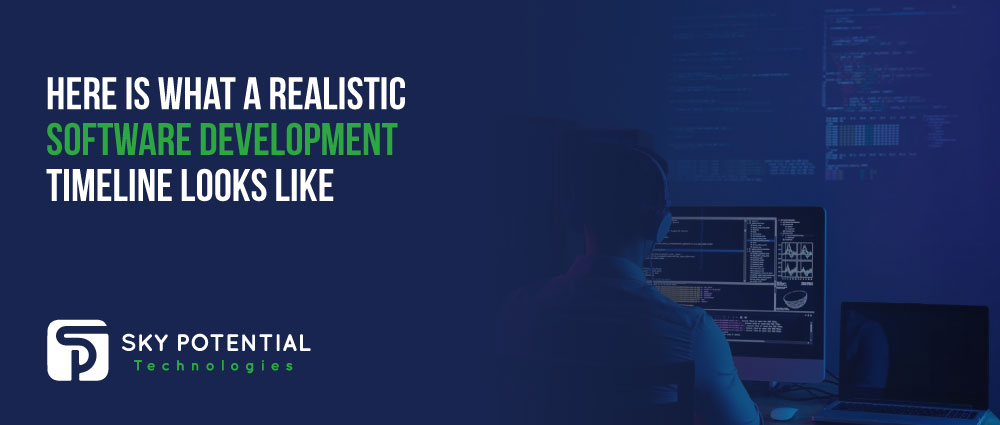- AI

Artificial Intelligence

Smart Products & Services
We follow Smart Products & Services

Intelligent Business Functions & Processes
We follow Intelligent Business Functions & Processes

Robotic Process Automation
We follow Robotic Process Automation

Personalized
healthcareWe follow Personalized healthcare

Identifying at-risk patients
We follow Identifying at-risk patients

Optimized routing and scheduling
We follow Optimized routing and scheduling
- ML

Machine Learning

Predictive
AnalyticsWe follow Predictive Analytics

Service Personalization
We follow Service Personalization

NLP
We follow NLP (Natural Language Processing)

Stock Market Forecasting
We follow Stock Market Forecasting

Fraud Prevention
We follow Fraud Prevention

Recommender engines
We follow Recommender engines
- blockchain

Blockchain

Public Blockchain
We follow Public Blockchain

Private Blockchain
We follow Private Blockchain

DEFI
We follow DEFI Blockchain

Initial stake pool offering development
We follow initial stake pool offering development
- IOT

Internet of Things
- AR
- Business Solutions

Business Solution

Business Performance Management
We follow Business Performance Management

Decision Making & Big Data Analytics
We follow Decision Making & Big Data Analytics

Enterprise Data Management
We follow Enterprise Data Management
- Apps

Apps

Native Apps
We follow Native Apps

Cross Platform Apps
We follow Cross Platform Apps

Web Apps
We follow Web Apps

Hybrid Apps
We follow Hybrid Apps

Cloud Native Apps
We follow Cloud Native Apps
- Lab

Here Is What A Realistic Software Development Timeline Looks Like
As soon as the developers are engaged in the planning of new software, the first thing they must figure out is the time it will take in its completion. This can indeed be a challenge as considering all the essential steps can be tricky. The software development team has to go through each step, and all the team members have to engage in the process.
However, it is critical to set a realistic timeline for the launch of the software. The lousy timeline can lead to development delays which is the first factor for the budget to cross the set amount. It is not easy to plan and extremely difficult to be 100 % accurate. The steps you will go through below will help you ensure better results with narrowed accuracy. Moreover, you will comprehend why the delays occur and how to deal with them.
Below, you will see each software development step explaining how much time it can take to be done with it. Comprehend each step and apply this practice to see the results working in your favor.
1) Planning: 2-4 Weeks

This initial part of the timeline makes you plan the stages of the process. Here the scope of the project is identified, and the stakeholders’ approval is achieved. It is essential to set out two to four weeks for this stage to complete keeping in mind the availability of your stakeholders. The following tasks must be accomplished in this stage.
- The system requirements must be determined for the software that has to be created.
- Have all the ideas and features listed together to meet the requirements.
- Ensure to identify the customers you are targeting and define the user roles according to their needs.
- Have the software environment planned for the dev-test, stage, and production.
- For the project to work as envisioned, plan the architecture and integrate it with other applications to be secured.
- Review the application design for the last-minute changes.
- Identifying the prioritized features according to the project scope ensures nothing happens outside.
2) Analysis: 2 Weeks

Analysis
After getting done with the planning stage of the software, when your stakeholders have signed off from the initial plan, you must analyze the plan for a realistic timeline.
- The software features and its requirements must be the top priority for the project to be successful. Always prioritize them, keeping in mind their importance, duration, and how early the software is expected to be ready. Take a start with top-level features and then have them broken down into smaller and more predictable features. This improves the accuracy.
- Do not forget to estimate the cost of high-level development by applying the rate to the estimated hours. Include the time for naming the environment, testing, bug fixes, meetings, and deployments, etc.
3) Design: 2-4 Weeks

Design
After the planning and analyzing stages, you begin with the design stage. Here the prototype of the required project is designed. This is the development stage where how the software will function and operate is designed. Having an early prototype in your possession helps you have early feedback from the stakeholders prior to beginning the development process. Four weeks for this stage to be completed are enough.
4) The Development And Testing: 4-12 Weeks

This stage takes a bulk of time to be complete as the actual development takes place here. Additionally, you should understand that the time can vary depending on what methodology you plan to use for the software development. The project’s complexity is in the vision and how many features have to be added are also two significant factors when it comes to how much time this stage needs.
If you release an MVP (minimal viable product) version using the agile methodology of the software, then you will be able to develop the most prioritized and critical aspects initially. Using the same approach, you will be able to in 1-3 week sprints and always have less to test each week. This way, the issues to address will become easy as you will be finding them early. This agile methodology will enable you to add less critical features every 1-3 weeks in the production as it will already be developed.
- Always ensure listing the tasks first with the highest priority.
- Ensure to have the time determined for each task that needs to be conducted.
- Every sprint must have scheduled tasks assigned before.
- Set the deadlines and stick to them till the end.
- Have a particular time allocated to address issues discovered in every sprint.
5) Deployment: 1-2 Weeks

Deployment
The deployment depends on your software development strategy and platform. After the deployment, some work still has to be accomplished to confirm that everything operates smoothly. If you used waterfall methodology, then more extensive is required before the deployment of the software. If you approach agile methodology with good DevOps practices, the deployment can indeed be done instantly after a successful testing phase. A successful deployment is what troubles most of the time. This is the reason always the best practices have to be applied to avoid any mishaps later in the process.
6) Maintenance: Forever!

You have to understand that the development never ends once the software has been deployed. Some of the features you wanted to add, but the time limit did not allow it can be added later. These features can be added gradually to the software at specific points in the future. This addition of the features requires another timeline to keep things clean.
Furthermore, the feedback from the customers can request you to add some extra features or fix some existing bugs in the software. This is something every software house deals with in the post-deployment time frame. The continuous upgrades of the features keep your software keep it fully functional for the users.
Conclusion
The realistic timeline for the software development process is something very essential. It acts as the project’s backbone, and the customers, stakeholders, and software developers rely on it. This is the reason it has to be created with so much research leaving out any possibility of errors. Any software house you come across uses a similar practice to develop the required software according to user requirements. They hire software developers and make them stick to the most promising methods of developing software.
Also Read: What Does The Future Hold For Modern Software Development

















































Leave a Reply